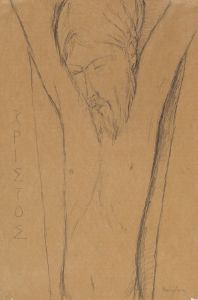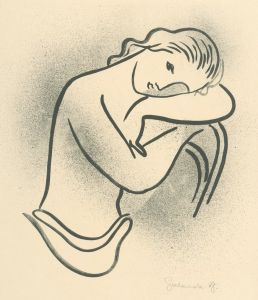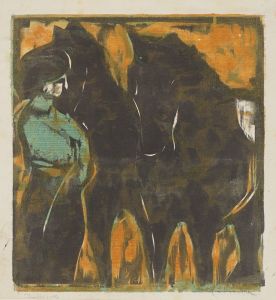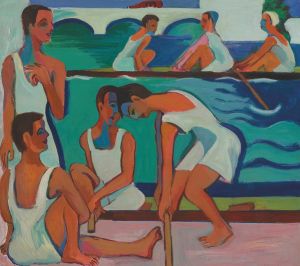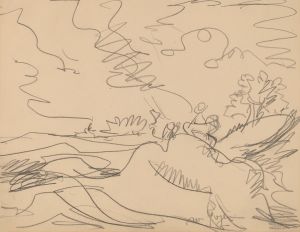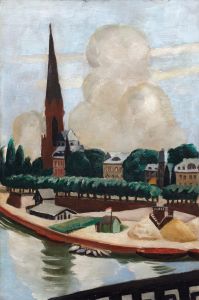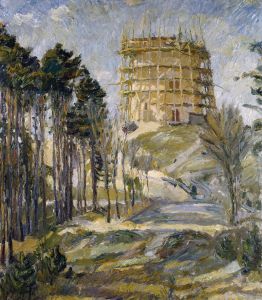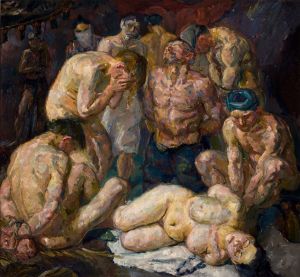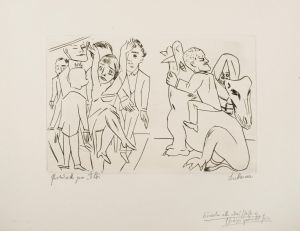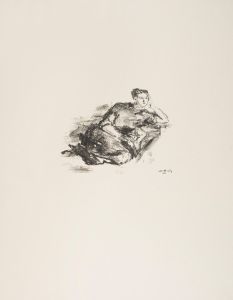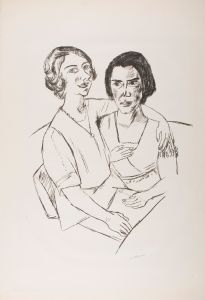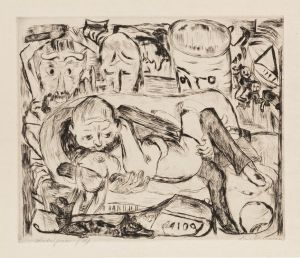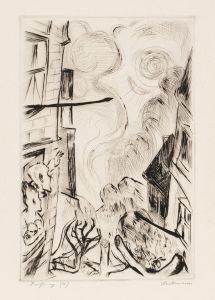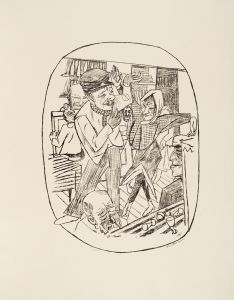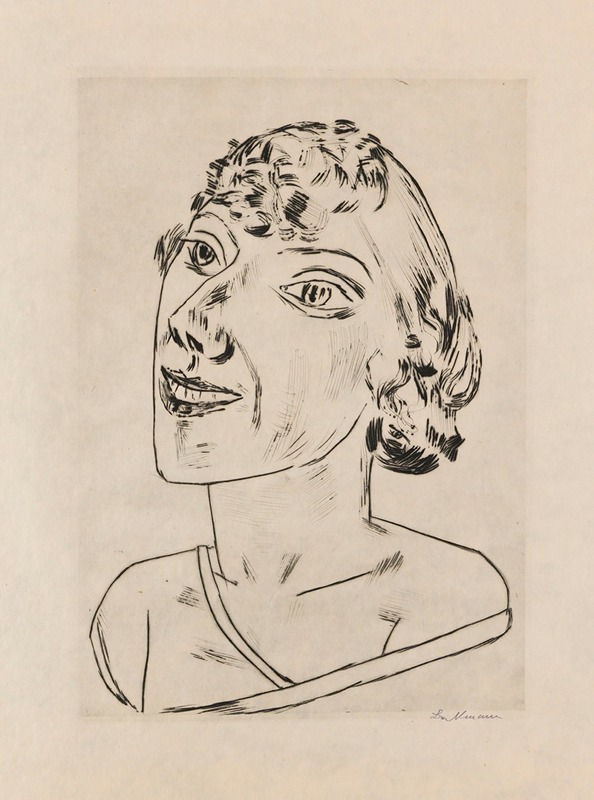
Sarika
A hand-painted replica of Max Beckmann’s masterpiece Sarika, meticulously crafted by professional artists to capture the true essence of the original. Each piece is created with museum-quality canvas and rare mineral pigments, carefully painted by experienced artists with delicate brushstrokes and rich, layered colors to perfectly recreate the texture of the original artwork. Unlike machine-printed reproductions, this hand-painted version brings the painting to life, infused with the artist’s emotions and skill in every stroke. Whether for personal collection or home decoration, it instantly elevates the artistic atmosphere of any space.
Max Beckmann, a prominent German painter, is known for his distinctive style that blends elements of Expressionism and New Objectivity. However, there is no widely recognized painting titled "Sarika" by Max Beckmann. Beckmann's oeuvre includes numerous portraits, self-portraits, and allegorical scenes, often characterized by bold colors, complex compositions, and a deep exploration of human psychology and societal issues.
Beckmann was born in Leipzig, Germany, in 1884 and became one of the most influential artists of the 20th century. His early work was influenced by Impressionism, but he soon developed a more personal style that reflected the tumultuous events of his time, including World War I and the rise of Nazism. Beckmann's art often features figures in theatrical settings, imbued with a sense of drama and tension.
Throughout his career, Beckmann created a series of triptychs, which are among his most celebrated works. These large, three-paneled paintings often explore themes of suffering, redemption, and the human condition. His work is noted for its symbolic complexity and often includes references to mythology, religion, and contemporary events.
Beckmann's career was significantly impacted by the political climate in Germany during the 1930s. In 1933, the Nazi regime labeled his work as "degenerate art," and he was dismissed from his teaching position at the Städel School in Frankfurt. In response, Beckmann left Germany and spent the next decade in exile, living in Amsterdam before eventually moving to the United States in 1947.
In the United States, Beckmann continued to paint and teach, holding positions at institutions such as Washington University in St. Louis and the Brooklyn Museum Art School. His work gained recognition and appreciation in the American art scene, and he held several successful exhibitions.
Beckmann's legacy is marked by his ability to capture the complexities of the human experience through his art. His paintings are housed in major museums around the world, including the Museum of Modern Art in New York, the Tate Modern in London, and the Städel Museum in Frankfurt. Beckmann passed away in 1950 in New York City, leaving behind a rich body of work that continues to influence artists and captivate audiences.
If you are looking for information about a specific painting titled "Sarika" by Max Beckmann, it may be a lesser-known work or possibly a misattribution. For accurate information, it is recommended to consult comprehensive catalogs of Beckmann's work or contact art historians specializing in his oeuvre.





